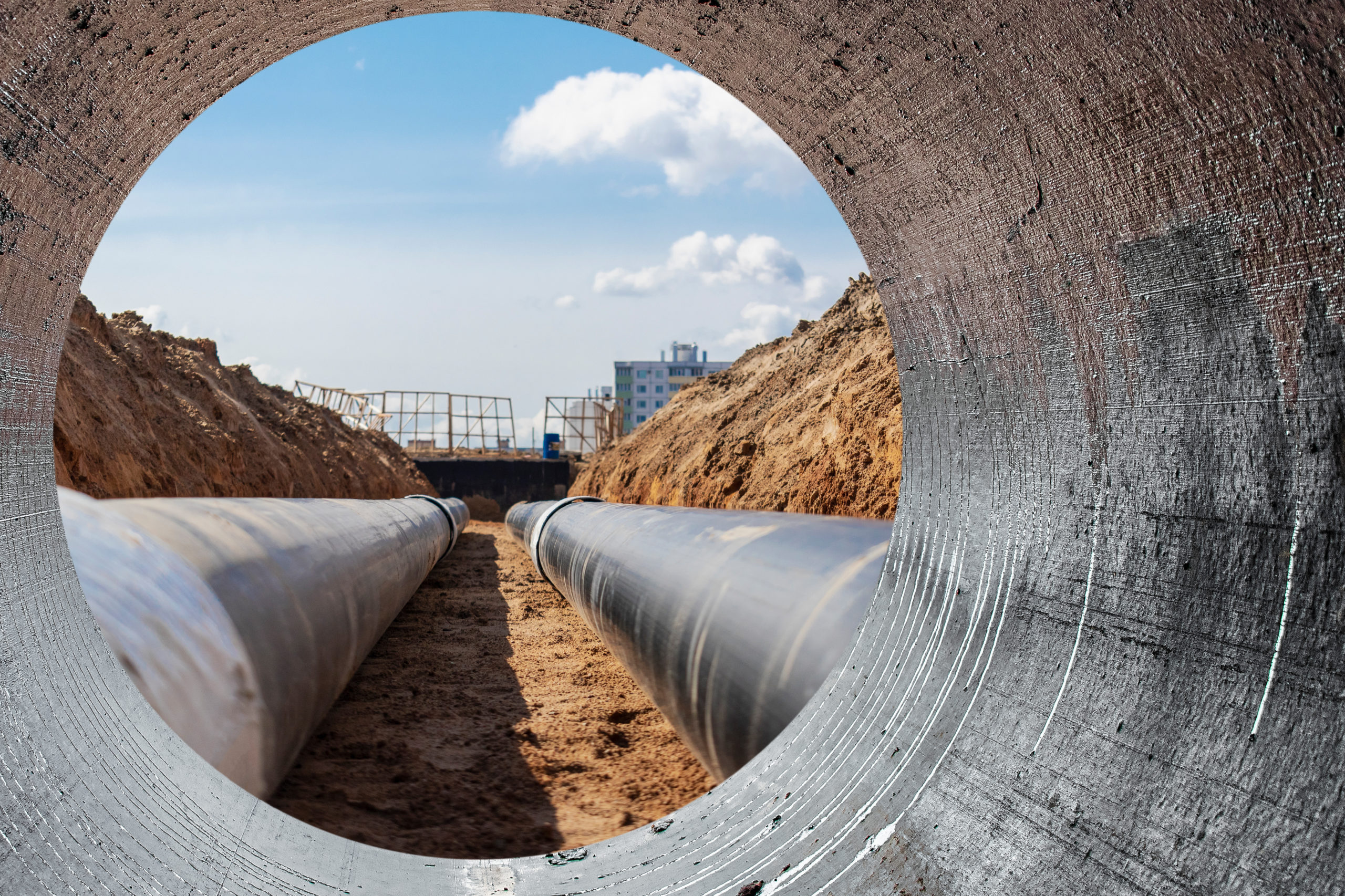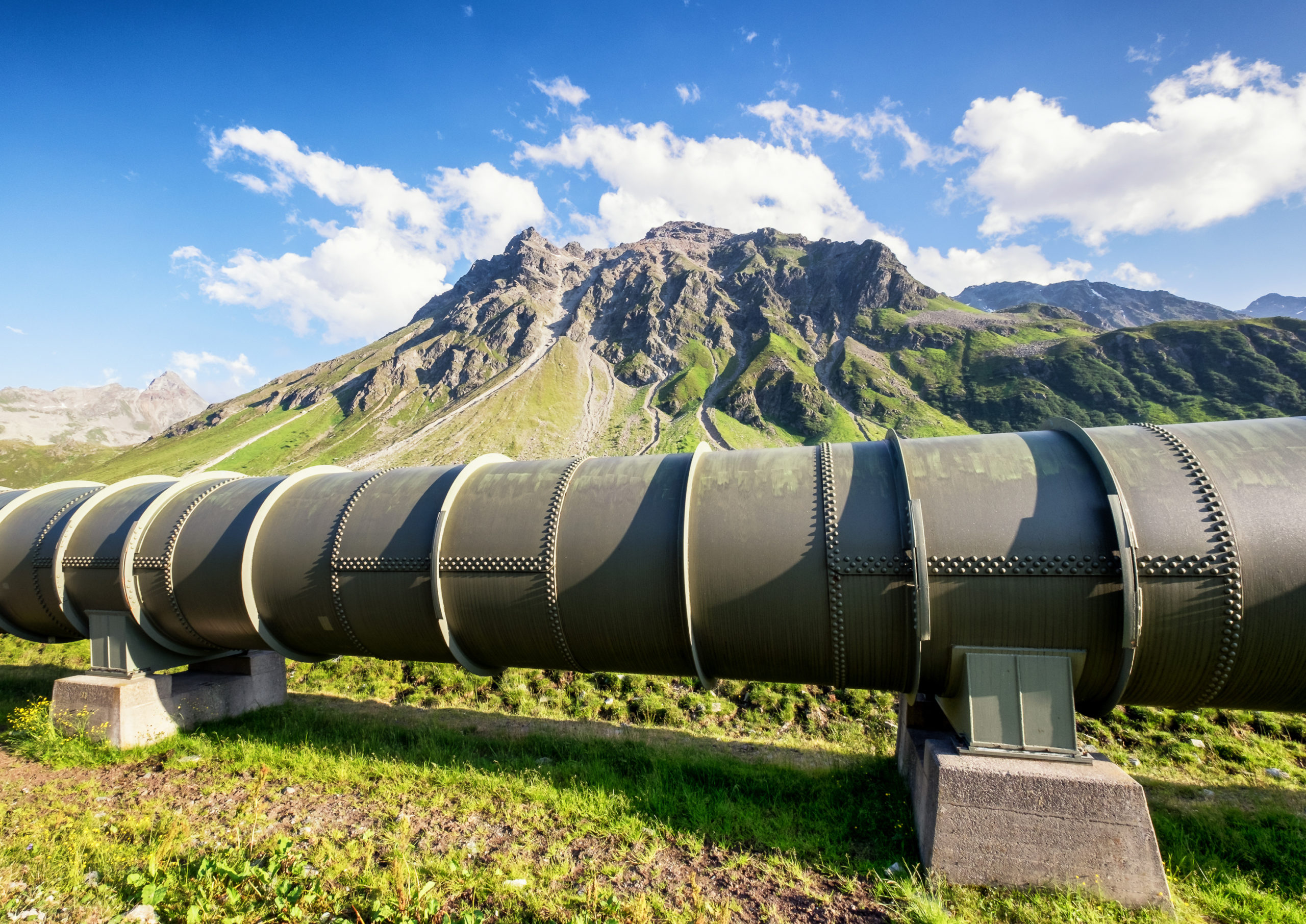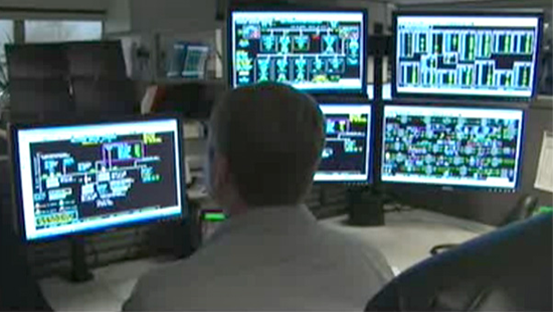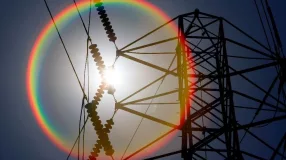At the end of January, substantial stretches of the country braced themselves for what turned out to be record-breaking cold temperatures. Schools and businesses closed, flights were cancelled, and some Midwesterners demonstrated that boiling water, when tossed from a stockpot, froze before hitting the ground. It was cold.
Chicago measured its second-coldest day on record, at 23 degrees below zero. Residents across at least one-third of the country were urged to stay indoors and (hopefully) keep warm.
Thanks to the reliability and resilience of natural gas, heating systems largely stayed online, and homes and businesses did in fact stay warm – despite unprecedented demand. Jan. 30, 2019, set a single-day record for total U.S. natural gas demand at 150.2 billion cubic feet.
A statement from the Natural Gas Council, of which INGAA is a member, underlined the industry’s extraordinary performance between Jan. 26 and Feb. 2:
“Natural gas was reliably and safely delivered throughout the country to customers that surely needed it. The entire value chain worked with communities to keep the heat on for most customers. Where there were challenges, the industry demonstrated remarkable resilience by recovering quickly.”
In addition to providing a steady stream of natural gas to keep homes and business heated, the presence of robust natural gas infrastructure in the Midwest mitigated and abbreviated any impact on spot market natural gas prices. Unsurprisingly, the biggest price spikes during this recent cold snap occurred in the Northeast, where pipelines have not kept pace with demand for natural gas. Even there, price impacts were less significant than previous occasions – yet New England continues to risk its energy security in the absence of new infrastructure.
Natural gas’ positive impact on the outcome of the recent polar vortex solidified what we already know, which is that even when challenged, natural gas is resilient and reliable – and that the natural gas industry will go above and beyond to keep families and businesses safe and largely shielded from sudden price spikes.
In August 2018, the Natural Gas Council released a joint study from RBN Energy, “Weather Resilience in the Natural Gas Industry: the 2017-2018 Test and Results.” The report examined the industry’s preparation and actions during three historic weather events between August 2017 and January 2018 –Hurricane Harvey, Hurricane Irma and the Bomb Cyclone – and underscored the dependability of the natural gas pipeline system. As INGAA President and CEO Don Santa noted:
“This study serves to underscore the fact that U.S. natural gas and the pipelines that transport it are remarkably safe, reliable and resilient. The weather-related challenges the industry faced last year were extraordinary, and as the report shows, the natural gas system fully met those challenges.”
We are pleased that yet again, the natural gas pipeline system delivered for Americans in the face of extreme weather. For the sake of residents and businesses in New England and other areas with limited infrastructure – and thus, limited access to clean-burning, affordable natural gas – we look forward to working with stakeholders on legal and regulatory reforms that can ensure the timely approval and construction of new and expanded infrastructure.







